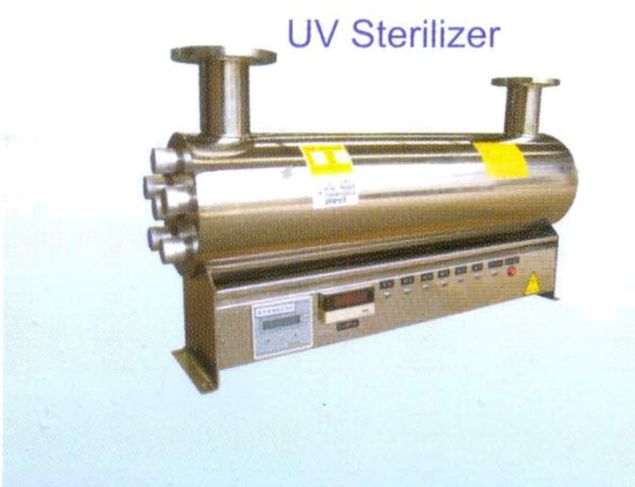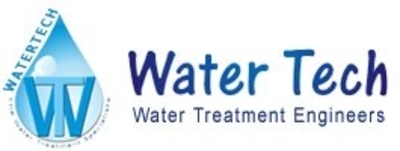
UV Filtration
A Powerful Method for Purifying water is essential to life, but ensuring its safety and cleanliness is critical. One of the most effective and efficient ways to purify water is through UV (Ultraviolet) filtration. This method uses ultraviolet light to kill or deactivate harmful microorganisms, making the water safe for consumption and daily use. UV filtration is highly effective against a wide range of harmful microorganisms, including bacteria (e.g., E. coli), viruses (e.g., hepatitis), and protozoa (e.g., giardia). It can also target resistant pathogens that might not be eliminated by chlorine or other disinfectants. Unlike chlorination or ozone treatment, UV filtration does not introduce any chemicals into the water, meaning it doesn’t alter the water’s natural taste or smell. This makes it ideal for drinking water. Since UV filtration does not require chemicals or produce waste by-products, it is an environmentally sustainable method of water purification. UV filtration systems generally require little maintenance. The main task is to replace the UV lamp periodically (typically every 12 months) to ensure optimal performance.
